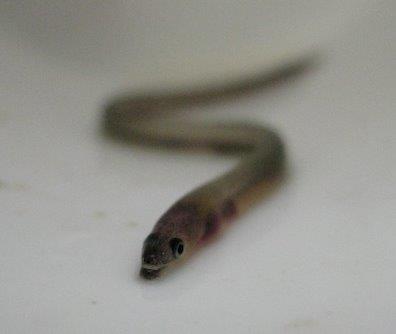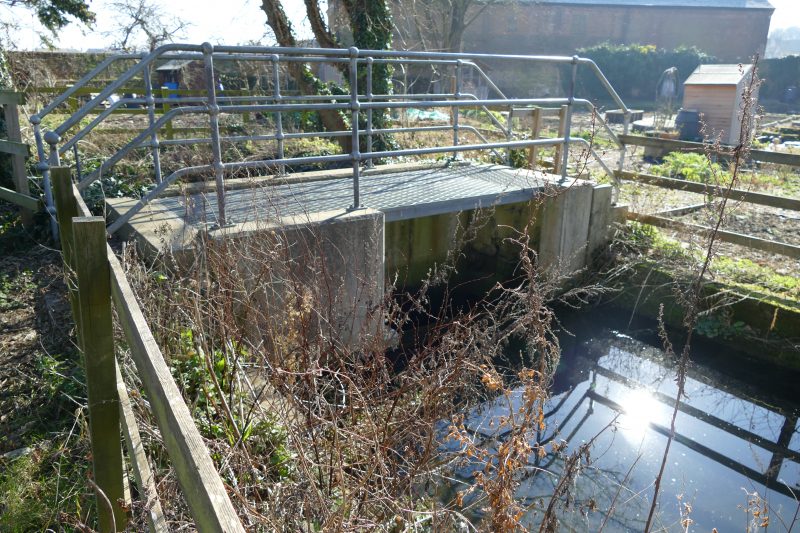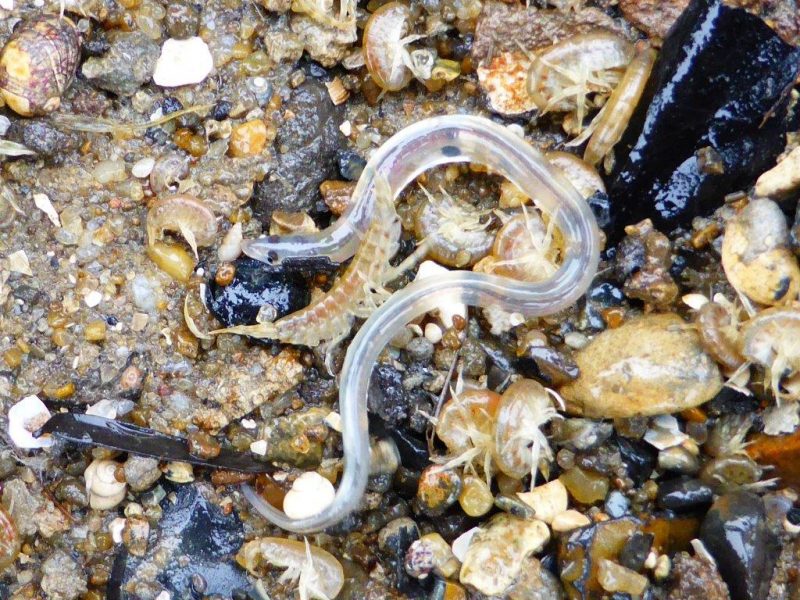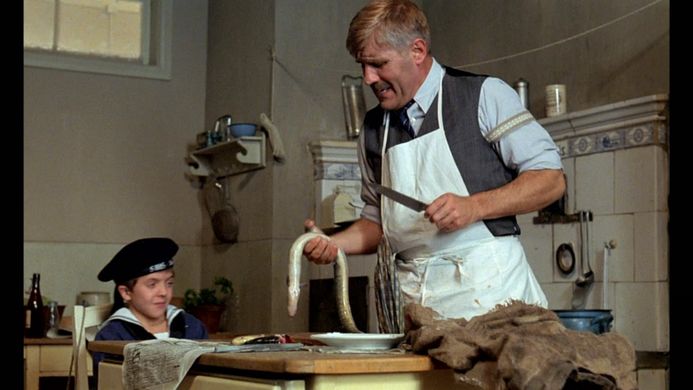Words Posy Gentles Photographs Various

The elver, a young eel
The spring tide in Faversham Creek last Easter was several inches lower than it might have been due to atmospheric pressure. At the Stonebridge allotments in the dead of night, hundreds of tiny squirming young eels – called glass eels, transparent but for the pigmentation in their irises – were stuck at the smooth concrete barrier of the sluice. They had travelled 4,000 miles and, now trapped, were being gobbled up by a couple of hoary old eels, eager for a feast and not averse to a spot of cannibalism.
Two men were watching this sad little drama unfold. Bob Gomes of the Faversham Society’s Environment Committee and Matthew Hatchwell, wildlife conservation consultant working with the Kent Wildlife Trust, had set out at two in the morning with a bucket and flashlight to count how many of the tiny eels made it upstream. Matthew says: ‘We could see them trying to crawl up the moss but we didn’t see any make it.’


After travelling 4,000 miles, glass eels are fatally trapped when they reach the sluices in Faversham and Oare
The European eel (Anguilla anguilla) is a critically endangered species. It spawns only in the Sargasso Sea in the western Atlantic, a sea uniquely defined not by the land that bounds it, but by the four currents which form an ocean gyre and swirl into it the Sargassum seaweed which gives the sea its name. The Sargasso Sea is a still centre to the gyre and a deep clear blue. Here, the eel hatches to travel 4,000 miles to seek out the European freshwater streams and rivers of its ancestors, and to return ten to 35 years later (opinions vary) to reproduce and die. ‘This is what we think happens,’ says Matthew. ‘We still don’t know for sure.’

The Sargasso Sea, uniquely defined not by the land which bounds it but by four ocean currents
Eel larvae shaped like willow leaves are swept back to Europe on the Gulf Stream, feeding on marine snow. This migration might take up to three years. As they near their destination, the home of their parents, they take on the wriggling worm-like form of the glass eel, about three inches long.
Fragile as it may sound, the glass eel is a determined beast. Gradually gaining pigmentation and becoming an elver as it moves into fresh water, it will cross land, surf tides, even climb vertical surfaces, swimming upstream to reach its instinctive home in our streams and rivers. Tragically, the improvement in our flood defences over the past 20 years has proved insurmountable for many of these young eels. Glass eels cannot climb smooth concrete surfaces. Moreover, they are an epicurean prize, much in demand in China and Japan, and despite the Europewide ban on eel exports, many still fall foul of unscrupulous traders. Eel numbers have been devastated in this country and all over Europe.

The glass eel, transparent but for the pigmentation in its eyes
Matthew says: ‘I spoke to Bluey at Hollowshore Fisheries and he confirmed that the number of eels and elvers has plummetted since he started fishing. The older sluices and barriers in the Thames Estuary constitute an absolute barrier to eels getting though. The barriers now being built are fitted with eel passes, but the older ones need to be retrofitted.’ Faversham and Oare have six working sluices: one at the sewage works, one at Oare Marshes, two at the outfall from Westbrook Stream, through Stonebridge Pond to Faversham Creek, one at Nagden and one at the head of Oare Creek. The last four have yet to be adapted. Contributions of money from various groups are starting to come through as the seriousness of the eels’ plight is being recognised, but more are needed.
Matthew says: ‘I spent 30 years of my life in Africa trying to figure out how to preserve exotic species like elephants and lemurs. Then I came to Faversham and, walking on the marshes, realised we had an endangered species right on our doorstep.’

Nightmarish eels in The Tin Drum. We baulked at featuring the horse’s head image for fear of disturbing Faversham Life’s readers
It is easy to forget the eel, lurking in the mud, feeding at night – you might even prefer to forget the eel after reading Waterland by Graham Swift, or waking shaking from appalling nightmares after watching the horse’s head being dragged up the beach, eels writhing from its eye sockets, nostrils and ears, in the film, The Tin Drum. Yet Anguilla anguilla has been of such significance to our culture that wealth could be measured in eels in The Domesday Book in the 11th century; you could even pay your taxes in eels. Jellied eels define a culture in the East End; smoked eel makes cookery writers squirm with pleasure. Jane Grigson opens the section on eels in her recipe book, Fish Book, with ‘I love eel’.

1491 Ortus Sanitatis: Catching eels

1325 Luttrell Psalter: Eel weir
Eels have an extraordinary and complex ecology which we still don’t fully understand. Their story only began to be understood in 1922 when a patient Danish scientist, Johannes Schmidt, discovered tiny eel larvae in the Sargasso Sea. Recent work by Cefas (Centre for Environment, Fisheries and Aquaculture Science), pleasingly dubbed ‘The Eeliad’, is tagging adult eels – handsomely silver, their chemistry adapted to enable them to cope with salt water, their stomachs shrunk to save energy, and their pupils expanded for deep sea vision – to discover more of their epic journey back to the Sargasso Sea.
Once again Faversham Life is writing about the importance of fresh water and salt water in Faversham to our history and to our present (see The Spring at Harty Ferry) and Matthew is working to raise our awareness of the eel and its significance to this unique landscape. He cites the place names, Elverland and Elverton, both near Faversham and derived from the word, elver. Once the sluices have eel passes, Matthew says we will be able to monitor the eel population. Uncharismatic, but iconic, eels are part of our culture, as well as our ecology.
Text: Posy Gentles. Photographs: various